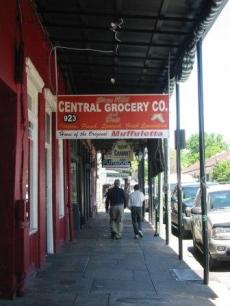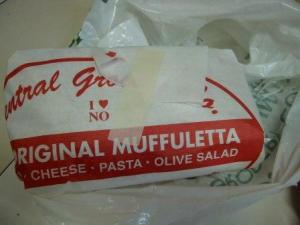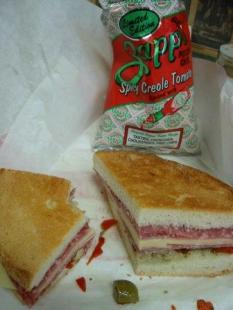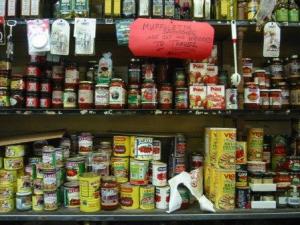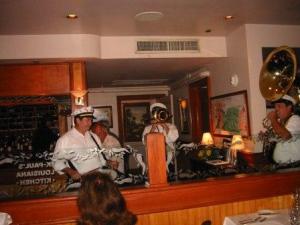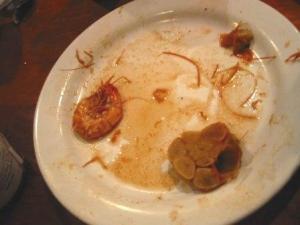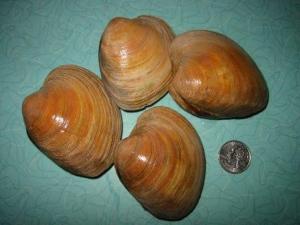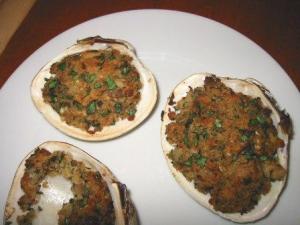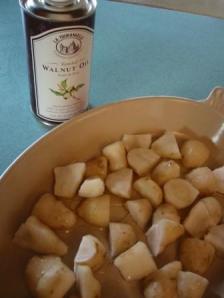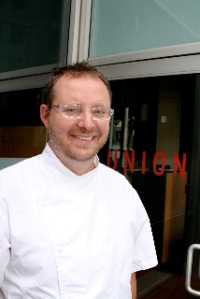This is what I sat down to last Thursday afternoon:
Twenty glasses, a judging sheet, a bottle of water and a pencil, with a platter of freshly shucked kumamoto oysters delivered forthwith. The tools of the trade for an oyster wine judging. This Seattle gathering at Anthony’s HomePort at Shilshole was the last stop of a three-city tour for the twenty finalist wines in this year’s Pacific Coast Oyster Wine Competition. Souls more stalwart than I were part of a team to trim down the 200 entries this year to those twenty finalists the rest of us judges sampled.
After the rigorous judging, twelve entries won the “best oyster wines” distinction this year, earning the prestige of being the top picks to sip alongside a briny, fresh, crisp oyster from the Pacific Coast. Sponsored by Taylor Shellfish (their web site posts the winners and other competition information) and orchestrated by the inimitable seafood guru Jon Rowley, this is an elite dating service for bivalves and wine. And it is a focused process, to be sure. Before sampling each wine, we took one of the kumamotos into our mouth and chewed it well, following it with a sip of the wine.
Not a belabored study of the merits or qualities of the wine itself, Jon asked us all to judge instead on the “bliss factor” of the pairing. To me, this translated best in the moments where the wine emphasized the deliciousness of the oyster and the oyster’s strong character didn’t conflict with the wine. I generally liked all of the wines I sipped, though some were a bit too shy for oysters, succumbing quickly to the salty-minerally oyster flavor lingering on my tongue. Other wines were too bold, too tropical or too floral, ultimately overwhelming the oyster flavor.
Among those winning wines that were “just right” are Covey Run Winery 2006 Fumé Blanc from Washington, Willamette Valley Vineyards 2007 Pinot Gris from Oregon and Robledo Family Winery 2006 Sauvignon Blanc from California. Those also happened to be my personal top three picks. How Pacific Coast-inclusive of me (there apparently were no wines submitted from British Columbia).
All but one of my top ten picks from last week made the final cut, which was a surprise. Surrounded by many who have far more developed and knowledgeable wine palates than I–restaurant wine managers, wine shop owners, wine writers, all-around enophiles–I might have expected my palate to be a bit more skewed from consensus view. But I guess, when it comes to oysters and wine, when it’s right, it’s right.
One final thought. Remember that sparkling wine and oysters are also ideal partners. And bubbly goes beautifully with other seafoods too. When I was researching my Crab cookbook, Lane Hoss from Anthony’s very generously set me up with a chance to taste a dozen or more Northwest white wines with a few different preparations of crab to discern what some of the best pairing options were. And with each crab dish, we also sipped a ringer: Veuve Cliquot Champagne. Not every wine worked well with every crab dish, but the Champagne was a delight with everything. In fact, I’m not sure I have yet to encounter a food and sparkling wine pairing that didn’t work! Maybe I’ll set up my own little oyster and Northwest sparkling wine challenge at home one of these days.







